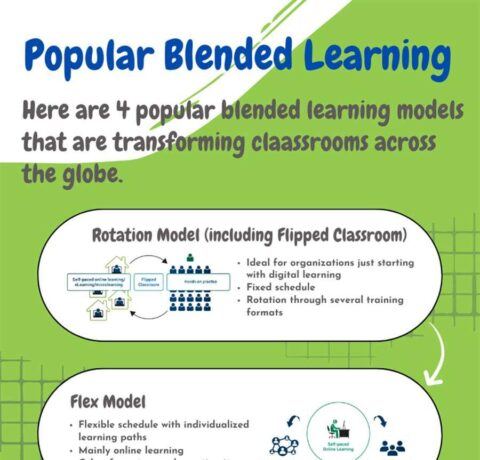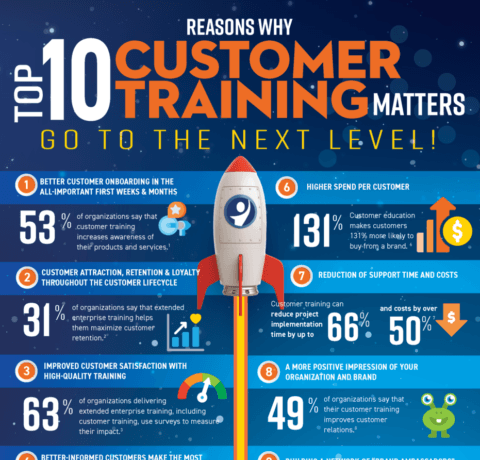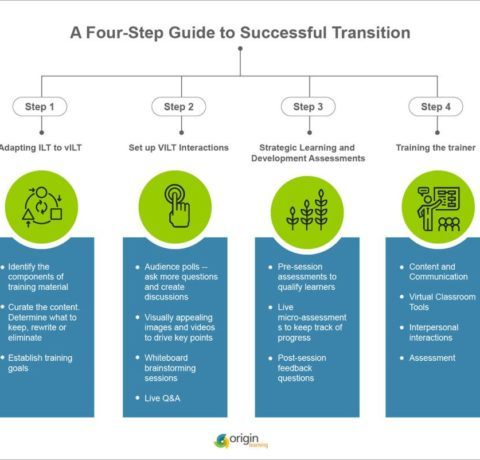Blended Learning in K12 Classrooms Infographic
Just as constant internet connectivity has become part of our everyday lives, education has taken steps to connect students, teachers, parents, and administrators with the world through technology. It’s called blended learning, and in K12, it often results in a connected face-to-face experience.
How Teachers Use Digital Resources
The easiest way to blend learning is by using digital multimedia that can be found on the open web, accessed through a publisher, or created by teachers and students using the built-in tools in Canvas. Teachers and students also blend in technology to facilitate more active learning—discussions, assignments, group work—both in the classroom and at home.
Why Teachers Use Mobile Devices
Using tablets and phones in education makes sense: They're portable, powerful, and engaging. The top three reasons teachers incorporate mobile devices in the classroom include
- to engage students in active, student-centered, or personalized learning activities
- to facilitate routine teaching tasks67%
- to engage students in problem-, project-, or case-based learning
Device Usage by School
Schools and districts adopt a variety of tactics to get technology into the hands of teachers and students, from 1:1 initiatives that supply students with similar devices, to BYOD initiatives that require students to bring their own preferred devices.
5 Ways to Begin Blending with Mobile
- Start with easy-to-use technology: Not all learning technology is easy to use, so select tools that don't require technical expertise. Survey respondents reported that intuitive technology was an important factor in ensuring the success of a mobile blending initiative.
- Take baby steps: Don’t let blending feel like a burden. Instead, focus on using technology to save time and increase participation, or make a proven classroom practice easier or more participatory for all students. Once you've mastered blending one thing, add another.
- Discover new ways of doing things, together: We found a strong correlation between a supportive school environment and teachers who successfully adjust their instruction. So work with support sta and other teachers to share what you're doing, maximize your energies, and learn from each other.
- Get collaborative: The best tools for blending give students their own space to work and collaborate. When collaboration happens online, it's easy for teachers to observe and give feedback to groups.
- Flip when ready: “Flipping” your classroom by turning your presentations or lectures into online videos lets you use face-to-face time for more active learning. With phones and tablets, you can easily record videos whenever and wherever you want, making flipping easier to try







You can adjust your cookie preferences here.